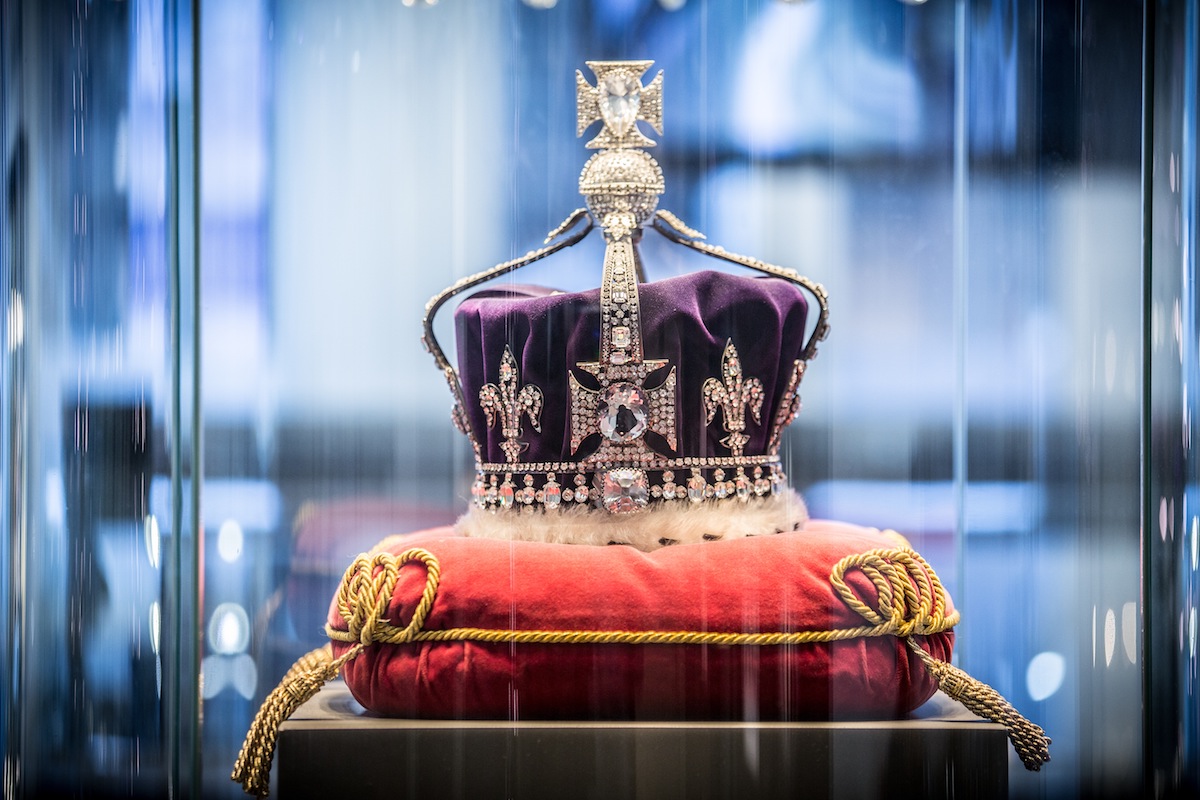India has launched a diplomatic campaign to reclaim the Koh-i-Noor diamond and thousands of other artefacts housed in museums and stately homes in Great Britain. This would amount to the largest repatriation claim faced by the UK, even more significant than Greece’s controversial Elgin (Parthenon) Marbles.
India’s ministerial and diplomatic staff described it as a “reckoning with the past”. The Koh-i-Noor diamond is one of the Crown Jewels held in trust for the King. It is a contentious topic of discussion, as various countries have claimed it over the years. The diamond is believed to have been mined in India and was seized by the British East India Company during the colonial era. The diamond was later presented to Queen Victoria and has been a part of the British crown jewels since then.
India has attempted to reclaim the diamond in the past, but the British government has maintained that the diamond was acquired legally and is a part of British heritage. However, in recent years, India has launched an aggressive diplomatic campaign to reclaim the diamond.
In 2016, India’s Ministry of Culture filed a petition in the Supreme Court of India seeking the return of the diamond from the British government. The petition argued that the diamond was taken from India under duress and rightfully belonged to the country. However, the British government rejected the petition and stated that the diamond was acquired legally and would remain a part of the British crown jewels.
Despite the legal roadblocks, India has continued its diplomatic efforts to reclaim the diamond. In 2018, the Indian government requested the return of the diamond during a meeting with the British High Commissioner to India. However, the British government reiterated that the diamond was acquired legally and could not be returned. The Koh-i-Noor diamond is a problematic issue between India and Britain, and it is unlikely India’s diplomatic campaign will successfully reclaim the diamond.
Whether the UK should give back the Koh-i-Noor diamond to India is a complex and contentious issue with arguments on both sides. On the one hand, proponents of returning the diamond argue that it was taken from India under duress during the colonial era and represents a painful reminder of India’s subjugation under British rule. On the other hand, they believe that the diamond rightfully belongs to India and that its return would be a symbolic gesture of reconciliation and respect for India’s cultural heritage.
Opponents of returning the diamond argue that it was acquired legally under the prevailing laws of the time and that it has been an integral part of the British crown jewels for over 150 years. Furthermore, they argue that returning the diamond would set a precedent for other countries to claim historical artefacts from Britain’s museums and collections. They also point out that the British monarchy has safely and securely held the diamond and displayed it in museums and exhibitions for the public to appreciate and enjoy.
Ultimately, whether or not to return the Koh-i-Noor diamond to India is a complex one that involves legal, historical, cultural, and political considerations. Therefore, it is up to the governments of India and the UK to continue engaging in diplomatic efforts to resolve this issue in a respectful, fair manner and acknowledges the diamond’s historical and cultural significance.
Over the years, the UK has restituted several artefacts to India. Here are a few:
The Buddha Head: In 2018, the National Crime Agency of the UK returned a stolen 12th-century bronze Buddha head to the Indian High Commission in London. The head had been stolen from a museum in India and smuggled to the UK in the 1960s.
The Amravati Stupa Panels: In 2019, the British Museum returned four stone carvings from the Amravati Stupa to India. The panels had been taken from the stupa in the 19th century and were part of the British Museum’s collection.
These restitutions represent a positive step towards addressing historical injustices and recognizing the cultural significance of stolen artefacts. However, there are still many artefacts held in museums and collections around the world that were taken from India during the colonial era, and the question of their restitution remains a controversial issue.
Top Photo: Wiki Commons AlinavdMeulen’s Own work Author AlinavdMeulen

